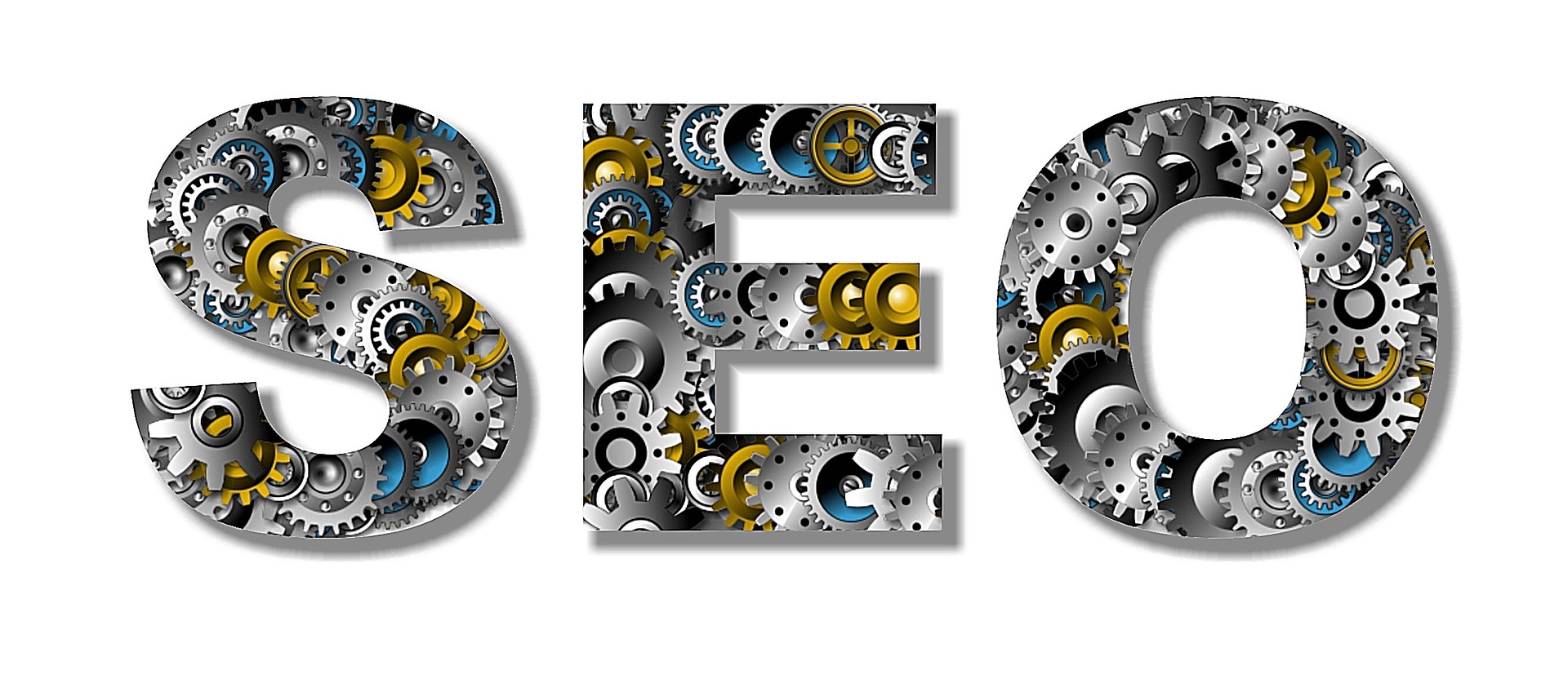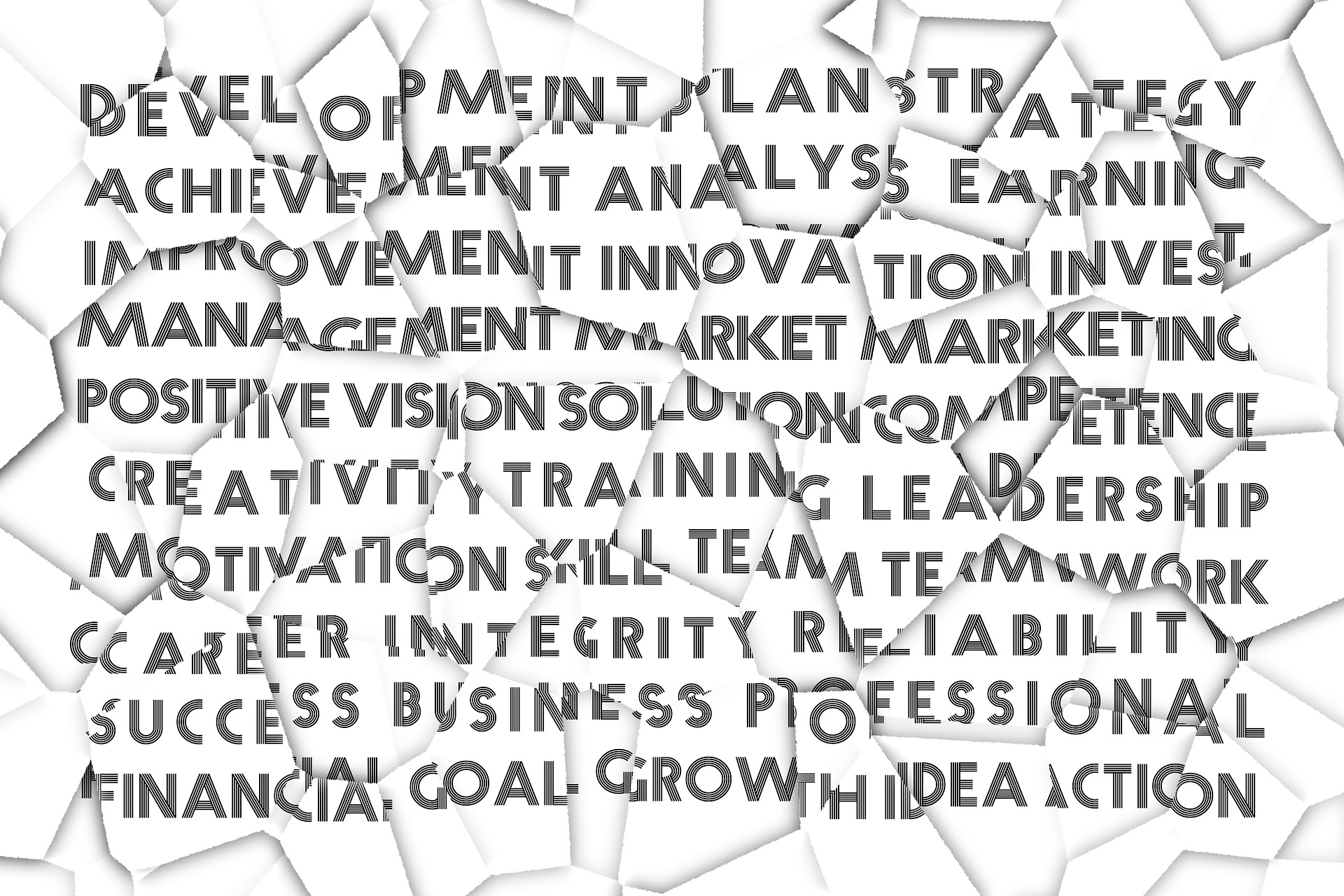In the digital commerce space, impact is critical and relentlessly pursued. Attracting your target audience and converting visitors to consumers require far more than a hook and a pitch.
Impact is achieved through exceptional efforts that blend strategy, creativity, agility, and innovation. Whether problem-based, exploration-based, need-based, or interest-based, capturing ‘intent’ and motivating people are forms of marketing dexterity – weaving touch points and experiences that trigger actions and engagement.
Impact comes from tapping emotional, mental, spiritual, intellectual, societal, physical, and environmental factors.
Always start with specific objectives and a well-defined project plan. Any endeavor worth doing begins with concept, scope, definitions, timelines, tasks, and measurable goals.
Leverage your organization’s expertise and acumen. Intellect drives trust and confidence, and should serve as the foundation of impact.
Share a wide spectrum of content, and assess where it most resonates with your audience. Be mindful of the tone, voice, and style – each of these should have unique brand characteristics and a consistency across platforms.
Tell stories. Not about the brand, nor your products and services. Instead, create organic media about people – their journey, experiences, challenges, passion, pursuits, and insights. Be purposeful in demonstrating a correlation between the story and the brand.
Tailor campaigns to narrowed segments of your customer-base to ensure the experiences offer value and provide benefit beyond a purchase. When you penetrate the mind and motivators, impact is lingering… and lasting.
Continually fine-tune your approach until impact is evident. This will build your competitive edge.
Establish a pipeline of progress, continually fostering new ideas, driving the quality and ‘wow’ factor, and digging for hidden opportunities.
Be open and receptive to instances of poor performance. Embrace when outcomes do not align with objectives- these are essential moments to learn and improve. Test, iterate, and be excited when incremental advancements are realized!
Impact isn’t always obvious, nor readily validated. And yet, it is incredibly powerful. When achieved, compelling brand experiences are highly persuasive and will help you dominate in brand positioning and profitability.









